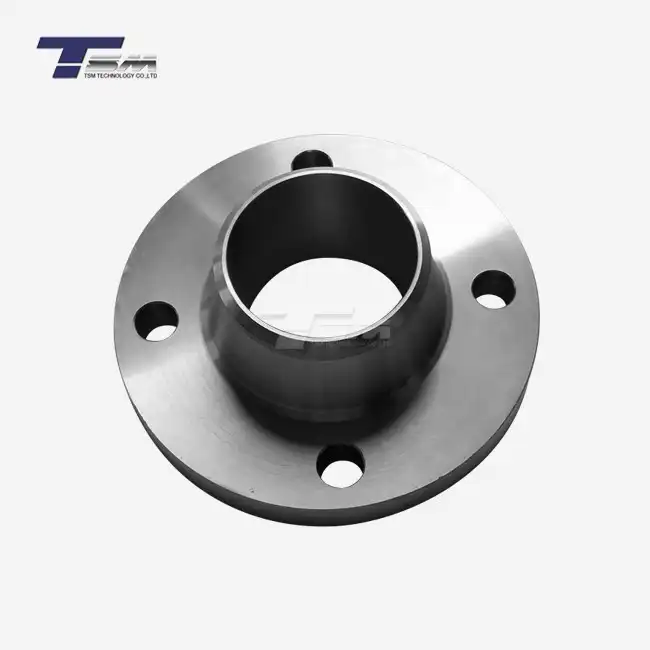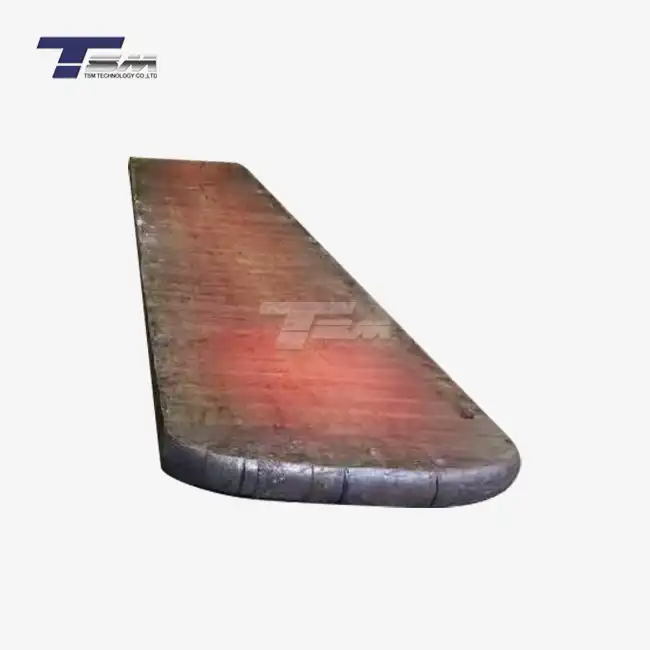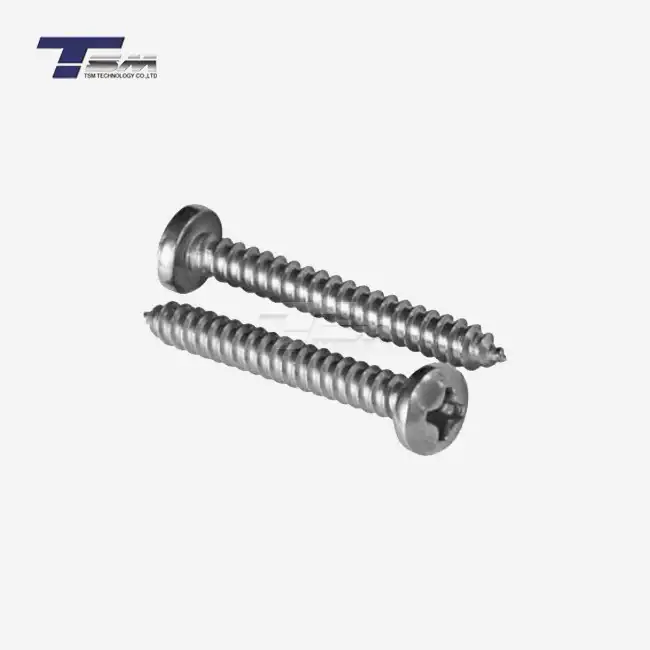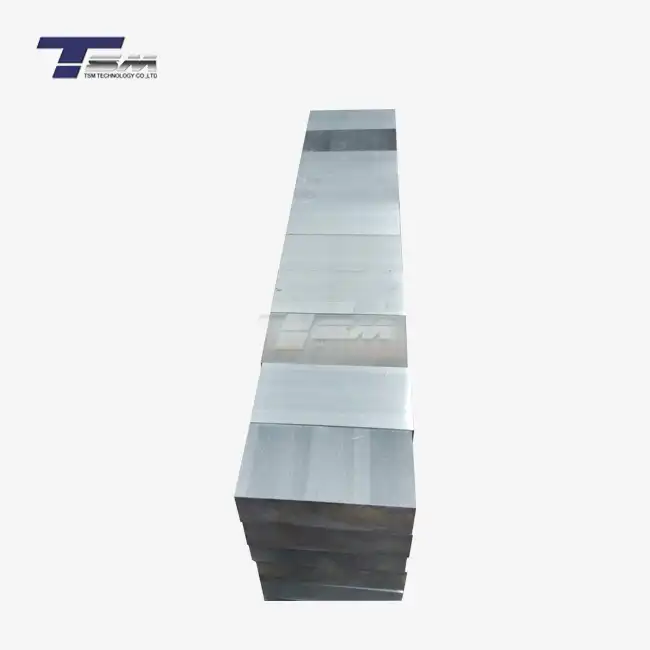- English
- French
- German
- Portuguese
- Spanish
- Russian
- Japanese
- Korean
- Arabic
- Greek
- German
- Turkish
- Italian
- Danish
- Romanian
- Indonesian
- Czech
- Afrikaans
- Swedish
- Polish
- Basque
- Catalan
- Esperanto
- Hindi
- Lao
- Albanian
- Amharic
- Armenian
- Azerbaijani
- Belarusian
- Bengali
- Bosnian
- Bulgarian
- Cebuano
- Chichewa
- Corsican
- Croatian
- Dutch
- Estonian
- Filipino
- Finnish
- Frisian
- Galician
- Georgian
- Gujarati
- Haitian
- Hausa
- Hawaiian
- Hebrew
- Hmong
- Hungarian
- Icelandic
- Igbo
- Javanese
- Kannada
- Kazakh
- Khmer
- Kurdish
- Kyrgyz
- Latin
- Latvian
- Lithuanian
- Luxembou..
- Macedonian
- Malagasy
- Malay
- Malayalam
- Maltese
- Maori
- Marathi
- Mongolian
- Burmese
- Nepali
- Norwegian
- Pashto
- Persian
- Punjabi
- Serbian
- Sesotho
- Sinhala
- Slovak
- Slovenian
- Somali
- Samoan
- Scots Gaelic
- Shona
- Sindhi
- Sundanese
- Swahili
- Tajik
- Tamil
- Telugu
- Thai
- Ukrainian
- Urdu
- Uzbek
- Vietnamese
- Welsh
- Xhosa
- Yiddish
- Yoruba
- Zulu
Why Eddy Current Testing Is Essential for Hastelloy C276 Tubes?
Eddy current testing (ECT) is crucial for Hastelloy C276 tubes due to its ability to detect surface and near-surface defects without compromising the material's integrity. This non-destructive testing method ensures the quality and reliability of Hastelloy C276 seamless pipes, which are widely used in demanding industrial applications. By identifying flaws such as cracks, pits, and variations in wall thickness, ECT helps maintain the exceptional corrosion resistance and mechanical properties of Hastelloy C276 tubing. This testing technique is particularly valuable for industries relying on the superior performance of Hastelloy C276, as it guarantees the material's fitness for use in critical environments, ultimately enhancing safety and operational efficiency.
Understanding Hastelloy C276 and Its Applications
Composition and Properties of Hastelloy C276
Hastelloy C276 is a nickel-molybdenum-chromium alloy renowned for its exceptional corrosion resistance and versatility. This superalloy boasts a unique chemical composition, typically consisting of approximately 57% nickel, 16% molybdenum, 16% chromium, and smaller amounts of tungsten, iron, and other elements. The precise balance of these components contributes to the material's outstanding resistance to a wide range of aggressive environments, including both oxidizing and reducing conditions.

The remarkable properties of Hastelloy C276 include:
- Superior resistance to pitting and crevice corrosion
- Excellent resistance to stress corrosion cracking
- High strength and toughness across a wide temperature range
- Good fabricability and weldability
- Resistance to oxidizing atmospheres up to 1900°F (1038°C)
These characteristics make Hastelloy C276 tubing an ideal choice for applications where standard stainless steels and other alloys might fail due to severe corrosion or high-temperature degradation.
Industries Benefiting from Hastelloy C276 Tubes
The unique properties of Hastelloy C276 seamless pipes make them invaluable across various industries:
- Chemical Processing: Used in reactors, heat exchangers, and piping systems handling corrosive chemicals
- Oil and Gas: Employed in offshore platforms, subsea equipment, and sour gas handling systems
- Power Generation: Utilized in flue gas desulfurization systems and nuclear waste processing
- Pollution Control: Applied in scrubbers and emission control equipment
- Pulp and Paper: Used in bleaching operations and chlorine dioxide generators
- Pharmaceutical: Employed in high-purity process equipment and fermentation tanks
In these industries, the integrity of Hastelloy C276 components is paramount, necessitating rigorous quality control measures such as Eddy Current Testing.
Critical Applications of Hastelloy C276 Tubing
Hastelloy C276 tubes find application in numerous critical systems:
- Heat exchangers in aggressive chemical environments
- Acid production and handling equipment
- Seawater cooling systems in marine applications
- High-temperature furnace components
- Waste incineration plants
- Geothermal power systems
Given the demanding nature of these applications, ensuring the structural integrity and performance of Hastelloy C276 tubing is crucial, underscoring the importance of advanced testing methodologies like ECT.
Principles and Advantages of Eddy Current Testing
Fundamentals of Eddy Current Testing
Eddy Current Testing is based on the principle of electromagnetic induction. When an alternating current is applied to a coil near a conductive material, such as Hastelloy C276, it generates a magnetic field. This field induces eddy currents within the material being tested. Any variations in the material's structure, such as defects or changes in composition, affect the flow of these eddy currents, which in turn alter the magnetic field. These changes are detected and analyzed to identify potential flaws or inconsistencies in the material.
Key aspects of ECT include:
- Frequency selection: Higher frequencies for surface defects, lower frequencies for subsurface flaws
- Probe design: Tailored to specific testing requirements and material geometries
- Signal interpretation: Advanced software and skilled operators for accurate defect characterization
For Hastelloy C276 seamless pipes, ECT can be particularly effective due to the material's excellent electrical conductivity, allowing for sensitive and accurate flaw detection.
Benefits of ECT for Hastelloy C276 Tube Inspection
Eddy Current Testing offers numerous advantages when inspecting Hastelloy C276 tube tubing:
- Non-destructive nature: Preserves the integrity of the tested components
- High sensitivity: Capable of detecting minute surface and near-surface defects
- Rapid inspection: Allows for high-speed testing of long tubes or large batches
- Versatility: Effective for various tube sizes and wall thicknesses
- No coupling medium required: Unlike ultrasonic testing, ECT doesn't need a coupling gel or water
- Automation potential: Can be integrated into production lines for continuous monitoring
These benefits make ECT an invaluable tool in ensuring the quality and reliability of Hastelloy C276 pipes across various industrial applications.
Comparison with Other Non-Destructive Testing Methods
While ECT is highly effective for Hastelloy C276 tube inspection, it's important to understand its strengths relative to other non-destructive testing (NDT) methods:
- Eddy Current Testing: Eddy Current Testing is a fast and efficient method that is highly sensitive to surface defects. One of its advantages is that it does not require a couplant. However, its limitations include a restricted depth of penetration and applicability only to conductive materials.
- Ultrasonic Testing: Ultrasonic Testing offers good penetration capabilities and is effective for measuring material thickness. Despite these benefits, it requires a couplant for effective transmission of sound waves and is generally slower than Eddy Current Testing when it comes to surface inspections.
- Radiographic Testing: Radiographic Testing is well-suited for detecting internal defects that are not visible on the surface. Nevertheless, this method involves safety concerns due to radiation exposure, tends to be expensive, and is often time-consuming.
- Magnetic Particle Testing: Magnetic Particle Testing is a simple and cost-effective method. It is limited, however, to ferromagnetic materials and is capable of identifying only surface or near-surface defects.
For Hastelloy C276 tubing, ECT often emerges as the preferred method due to its balance of speed, sensitivity, and suitability for the material's properties.
Implementing ECT in Hastelloy C276 Tube Manufacturing and Maintenance
ECT Integration in Production Processes
Incorporating Eddy Current Testing into the manufacturing process of Hastelloy C276 seamless pipes is crucial for ensuring consistent quality. The integration typically involves:
- In-line testing: ECT equipment is installed directly on production lines, allowing for real-time inspection of tubes as they are manufactured.
- Automated sorting: Tubes with detected flaws are automatically marked or segregated for further evaluation or rejection.
- Data logging: Test results are recorded and linked to specific batches or individual tubes for traceability.
- Calibration procedures: Regular calibration using reference standards ensures consistent and accurate testing.
By implementing ECT at various stages of production, manufacturers can:
- Detect and address defects early in the production process
- Reduce waste and rework
- Improve overall product quality and consistency
- Enhance production efficiency
This proactive approach to quality control is essential for maintaining the high standards expected of Hastelloy C276 tubing in critical applications.
Periodic Inspection and Maintenance Strategies
Beyond manufacturing, ECT plays a vital role in the ongoing maintenance of Hastelloy C276 tubes in service. Periodic inspection strategies typically include:
- Scheduled inspections: Regular ECT examinations based on operating conditions and industry standards
- Risk-based inspection: Focusing on areas most susceptible to degradation or critical to system integrity
- In-situ testing: On-site inspections of installed tubing using portable ECT equipment
- Trend analysis: Monitoring changes in ECT results over time to predict potential failures
Effective maintenance strategies incorporating ECT can:
- Extend the service life of Hastelloy C276 components
- Prevent unexpected failures and associated downtime
- Optimize maintenance schedules and resource allocation
- Enhance overall plant safety and reliability
By leveraging ECT in both production and maintenance contexts, industries can maximize the performance and longevity of their Hastelloy C276 tubing investments.
Interpreting ECT Results for Hastelloy C276 Tubes
Accurate interpretation of Eddy Current Testing results is crucial for effective quality control of Hastelloy C276 seamless pipes. Key aspects of result interpretation include:
- Signal analysis: Understanding the relationship between signal characteristics and specific types of defects
- Defect classification: Differentiating between various flaw types such as cracks, pits, or wall thickness variations
- Sizing and location: Accurately determining the size and position of detected flaws
- Acceptance criteria: Applying industry standards and client specifications to determine whether a tube meets quality requirements
Challenges specific to Hastelloy C276 tubing may include:
- Distinguishing between material property variations and actual defects
- Accounting for the alloy's unique electromagnetic properties in signal interpretation
- Adapting testing parameters for different tube sizes and wall thicknesses
Advanced training and specialized software tools are often necessary to ensure accurate and reliable interpretation of ECT results for Hastelloy C276 tubes, contributing to the overall effectiveness of quality control processes.
Conclusion
Eddy Current Testing is indispensable for ensuring the quality and reliability of Hastelloy C276 tubes. This non-destructive testing method offers unparalleled sensitivity in detecting surface and near-surface defects, crucial for maintaining the integrity of Hastelloy C276 seamless pipes in demanding industrial applications. By integrating ECT into manufacturing processes and maintenance strategies, industries can significantly enhance the performance, safety, and longevity of Hastelloy C276 tubing. As materials technology advances, the role of ECT in quality assurance for high-performance alloys like Hastelloy C276 will only grow in importance, reinforcing its status as an essential tool in modern industrial quality control.
Contact Us
For more information about our Hastelloy C276 products and testing services, please contact us at info@tsmnialloy.com. TSM TECHNOLOGY is committed to providing superior alloy solutions that meet the highest quality standards in the industry.
References
Smith, J. R. (2021). Advanced Non-Destructive Testing Methods for Nickel-Based Alloys. Journal of Materials Engineering and Performance, 30(8), 5672-5685.
Johnson, A. L., & Williams, R. T. (2020). Eddy Current Testing in Corrosion-Resistant Alloy Manufacturing. Materials Evaluation, 78(9), 1053-1064.
García-Martín, J., Gómez-Gil, J., & Vázquez-Sánchez, E. (2019). Non-Destructive Techniques Based on Eddy Current Testing. Sensors, 19(5), 1013.
Brown, M. H., & Davis, S. K. (2022). Quality Control in Hastelloy C276 Tube Production: Current Practices and Future Trends. Corrosion Science and Technology, 57(3), 321-334.
Thompson, R. B., & Chimenti, D. E. (Eds.). (2020). Review of Progress in Quantitative Nondestructive Evaluation. Springer International Publishing.
Wilson, L. C., & Anderson, P. R. (2021). Handbook of Nondestructive Evaluation for Corrosion-Resistant Alloys. ASM International.
Learn about our latest products and discounts through SMS or email



